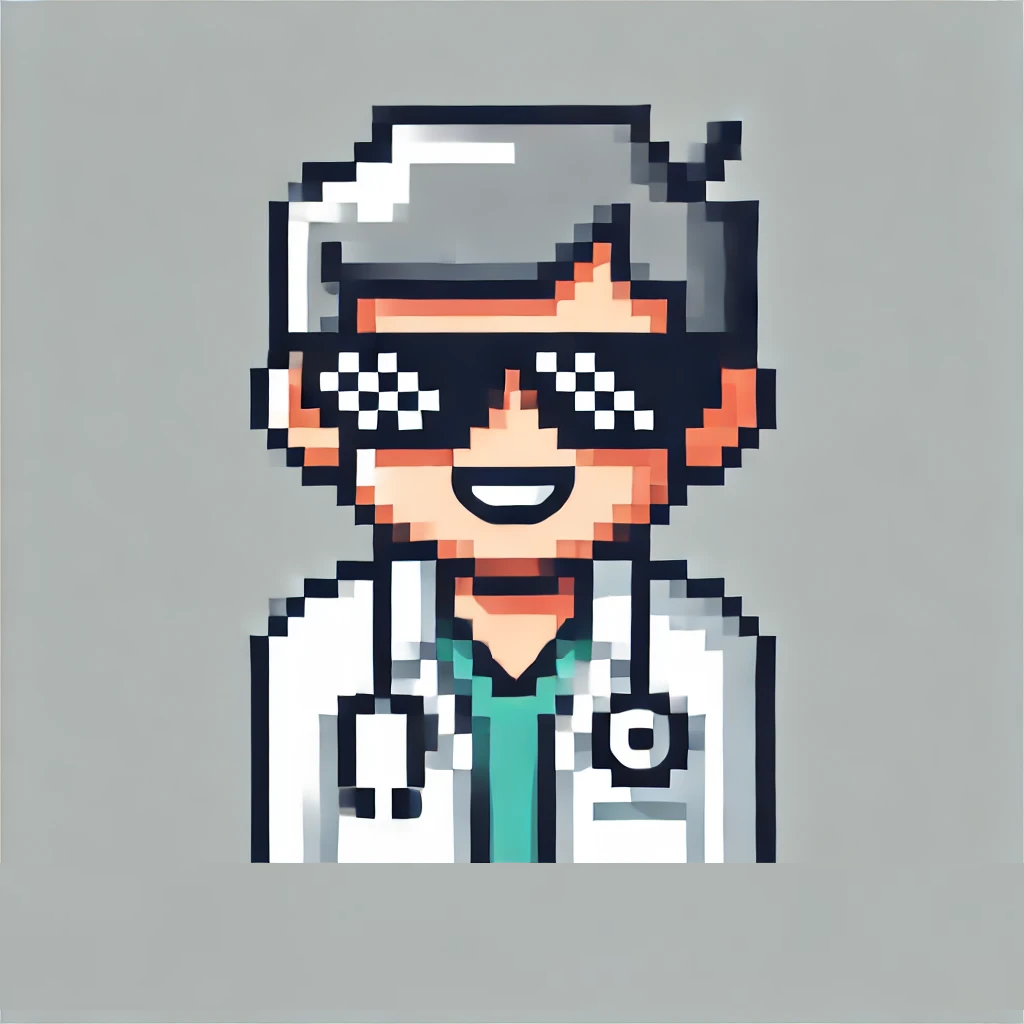"""
Crop images around major object with set padding
.. note:: Using these scripts for 1+GB images take several tens of GB RAM
Sample usage::
python crop_tissue_images.py \
-i "/datagrid/Medical/dataset_ANHIR/images/COAD_*/scale-100pc/*.png" \
--padding 0.1 --nb_workers 2
Copyright (C) 2016-2019 Jiri Borovec <jiri.borovec@fel.cvut.cz>
"""
import argparse
import gc
import glob
import logging
import os
import sys
import time
from functools import partial
import cv2 as cv
import numpy as np
sys.path += [os.path.abspath('.'), os.path.abspath('..')] # Add path to root
from birl.utilities.dataset import (
args_expand_parse_images,
find_largest_object,
load_large_image,
project_object_edge,
save_large_image,
)
from birl.utilities.experiments import get_nb_workers, iterate_mproc_map, try_decorator
NB_WORKERS = get_nb_workers(0.5)
SCALE_SIZE = 512
CUT_DIMENSION = 0
TISSUE_CONTENT = 0.01
def arg_parse_params():
""" parse the input parameters
:return dict: {str: any}
"""
# SEE: https://docs.python.org/3/library/argparse.html
parser = argparse.ArgumentParser()
parser.add_argument(
'--padding', type=float, required=False, default=0.1, help='padding around the object in image percents'
)
args = args_expand_parse_images(parser, NB_WORKERS, overwrite=False)
logging.info('ARGUMENTS: \n%r' % args)
return args
@try_decorator
def crop_image(img_path, crop_dims=(0, 1), padding=0.15):
""" crop umages to by tight around tissue
:param str img_path: path to image
:param tuple(int) crop_dims: crop in selected dimensions
:param float padding: padding around tissue
"""
img = load_large_image(img_path)
scale_factor = max(1, np.mean(img.shape[:2]) / float(SCALE_SIZE))
# work with just a scaled version
sc = 1. / scale_factor
order = cv.INTER_AREA if scale_factor > 1 else cv.INTER_LINEAR
img_small = 255 - cv.resize(img, None, fx=sc, fy=sc, interpolation=order)
crops = {}
for crop_dim in crop_dims:
if crop_dim not in (0, 1):
raise ValueError('not supported dimension: %i' % crop_dim)
img_edge = project_object_edge(img_small, crop_dim)
begin, end = find_largest_object(img_edge, threshold=TISSUE_CONTENT)
# img_diag = int(np.sqrt(img.shape[0] ** 2 + img.shape[1] ** 2))
pad_px = padding * (end - begin) * scale_factor
begin_px = max(0, int((begin * scale_factor) - pad_px))
end_px = min(img.shape[crop_dim], int((end * scale_factor) + pad_px))
crops[crop_dim] = (begin_px, end_px)
del img_small
for _ in range(2):
if 0 not in crops:
crops[0] = (0, img.shape[0])
img = img[crops[0][0]:crops[0][1], crops[1][0]:crops[1][1], ...]
save_large_image(img_path, img)
gc.collect()
time.sleep(1)
def main(path_images, padding, nb_workers):
""" main entry point
:param str path_images: path to the images
:param float padding: percentage of the image size to be used as padding
around detected tissue in the scan image, the range is (0, 1)
:param int nb_workers: nb jobs running in parallel
"""
image_paths = sorted(glob.glob(path_images))
if not image_paths:
logging.info('No images found on "%s"', path_images)
return
_wrap_crop = partial(crop_image, padding=padding)
list(iterate_mproc_map(_wrap_crop, image_paths, desc='Crop image tissue', nb_workers=nb_workers))
if __name__ == '__main__':
logging.basicConfig(level=logging.INFO)
arg_params = arg_parse_params()
logging.info('running...')
main(**arg_params)
logging.info('DONE')


